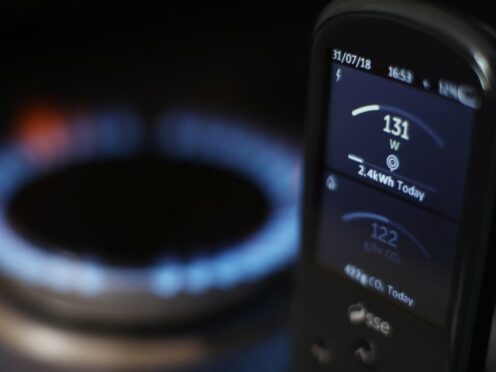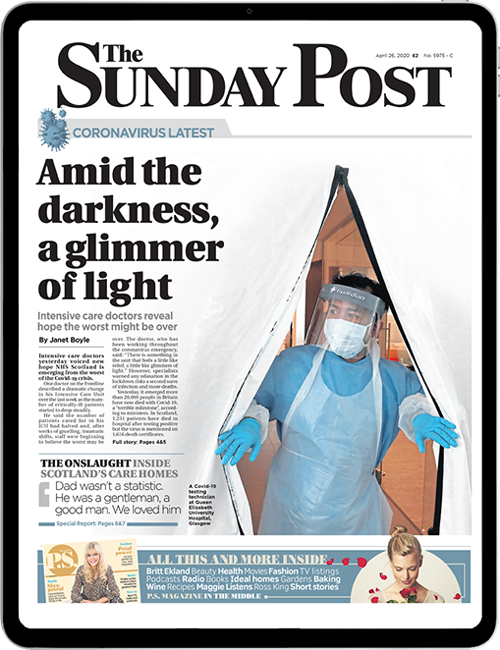
The average household energy bill is to fall by 7% from July after Ofgem lowered its price cap in response to wholesale prices.
The regulator announced it is dropping its price cap from the current £1,690 for a typical dual fuel household in England, Scotland and Wales to £1,568, a drop of £122 over the course of a year.
This is around £500 less than the cap in July last year, when it was £2,074.
Citizens Advice chief executive Dame Clare Moriarty said: “Today’s news will give small comfort to households still facing cost-of-living pressures.
“The fall in the energy price cap reduces bills slightly, but our data tells us millions have fallen into the red or are unable to cover their essential costs every month.
“People cannot rely on lower energy prices alone to escape the financial issues they’ve been experiencing.
“That’s why we need better targeted energy bill support for those really struggling to keep the lights on or cook a hot meal.”
The latest fall offers further relief to households given the previous quarter-on-quarter drop seen in April, but analysts have said they expect Ofgem to increase the price cap in October, before dropping it again in January 2025.

Ofgem changes the price cap every three months based on several factors, the most important of which is the price of energy on wholesale markets.
The price cap does not limit a household’s total bills, people still pay for each unit of gas and electricity they use – the figures provided are just for an average-use household.
On Wednesday, Ofgem chief executive Jonathan Brearley told the Energy Security and Net Zero Committee that prices “are still significantly higher than they were before, and when we look further out our best estimate is that prices are going to stay high and volatile over time”.
Mike Thornton, chief executive of the Energy Saving Trust, said: “Today’s confirmation that energy prices are coming down for the next quarter is very welcome.
“However, no-one should take this lower price cap as a sign of stability.
“Forecasts show that energy prices are set to rise again this autumn and will be staying high overall for the next decade.

“After the election the incoming UK government must prioritise policies that support people to use less energy and install cost-effective energy efficiency improvements in their homes.
“This will be fundamental to bringing down energy bills, reducing carbon emissions and guaranteeing our energy security for the long term.”
Ofgem is currently reviewing the price cap and looking at how it is calculated.
This includes mulling over changes to standing charges, which are fixed daily charges that cover the cost of supply connections.
Dhara Vyas, deputy chief of Energy UK, which represents suppliers, said: “Another fall in the price cap is good news for customers who were facing bills that were hundreds of pounds higher this time last year.
“However, as Ofgem underlined earlier this week, it’s only a return to relative normality. Energy bills are still larger than they were just over two years ago and prices will remain high and unstable for some time to come.
“Customer debt is at record levels and likely to increase still further, so despite suppliers’ ongoing efforts to support households, the next Government must work with the industry and Ofgem to put in place a long-term solution that provides targeted help for those who need it and ensures that bills are affordable for everyone.”

Enjoy the convenience of having The Sunday Post delivered as a digital ePaper straight to your smartphone, tablet or computer.
Subscribe for only £5.49 a month and enjoy all the benefits of the printed paper as a digital replica.
Subscribe